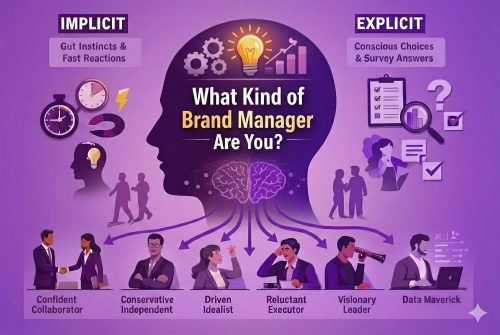Don’t shelve your market research, get testing online
Business continuity during these unusual times
With social distancing and community lock-down, face-to-face research is becoming near impossible to do.
Online market research can be the perfect solution when focus groups or other central location testing methods are not possible.
Yes, these are strange times, but they do not mean that you have to abandon that piece of research you were planning, whether it is to validate your new design or identify how your brand positions against your competitors. If you are looking for an effective alternative to face-to-face research, online surveys can provide insights that are equally as good, if not better. The benefits of online research are many:
- Data collection can be very quick – it is very common to fill your quotas within a day or so
- Analysis can be done in real-time – you can preview the charts during the survey and then as soon as the target sample is reached
- The flow of the survey can be controlled programmatically so that you can link in different kinds of questions and tools, whether these are qualitative, quantitative, or neuro-implicit methods
- You can screen in your desired target group and screen the rest out
- Online research is much cheaper to do than in a central location – respondent costs are much lower. A large sample size of respondents from the general population, for example, is very inexpensive
- There are many techniques to identify low quality responses –for example, those who chose the same response or make poor or no discrimination at all – and we can report these to panel providers, so they are alerted to such people
- There are many techniques to detect inattention and poor engagement – trick questions, rewording a question and checking for consistency, lie scales, and so on
- Nearly everyone has access to the internet these days, and typically on a desktop computer or smartphone – online research can be device-agnostic
- Online surveys have the advantage of randomization – the order of questions, the order of answer options, and the order of survey parts, can all be randomized or rotated. This reduces any bias caused by order effects
- Rapid download speeds mean that these days, respondents can assess video ads in their own home, they can evaluate lots of images, it is also possible to simulate out-of-home experiences, simulate engaging with a product, and testing respondents in situations where you mimic some aspect of consumer behavior, such as the effects of in-store promotions
Used in conjunction with implicit response testing, online research can provide deeper insights than methods such as focus groups and interviews. When done correctly, they can reveal not only what consumers want to tell you but also what they can’t tell you and what is going on subconsciously – what they know intuitively but are unable to verbalize it.
How does online research work?

In a typical online survey, researchers use recruitment agencies who have hundreds of thousands of people from all walks of life on their books. These ‘members’ are given a unique identification number or ID and have signed up to do market research in return for a fee or other reward. When a new survey becomes available, members with suitable demographics receive an email inviting them to the survey. When a respondent joins a survey, they are only known by their ID. To be sure that they are right for the survey, they are asked questions about their demographics. Those with the same demographics as those being targeted, qualify for the research. Those without the desired demographics are politely screened out.
Surveys can include qualitative elements, in the form of open-ended questions, or even through voice recordings if they give permission, as well as traditional quantitative questions (rating scales, multiple-choice, drag and drop, ranking questions, and so on).
Split Second Research also specialises in implicit response testing, a way of finding out how consumers feel objectively, without asking questions directly. Speed of response to flashing words and images can reveal how they feel about products, brands, or services. These response testing techniques, also known as IATs or IRTs, have a long history in cognitive psychology. IRTs can provide brand managers with reasons why consumers are interested or disinterested in their brand. In fact, a typical IRT provides around 30 of such reasons, and these are in the form of ‘attributes’ – they may indicate for example that your brand is perceived as high quality, very reliable, strongly family-orientated (and so on) but not perceived as trend setting or sufficiently authentic.
Respondents who successfully manage to complete the survey are redirected to the recruiter’s website which logs their ID, and their account is credited with a reward. While respondents come into the test, the screener makes a count of the number of respondents who have completed the survey and closes once the target has been reached. Quantitative data can be analysed within a few hours, and implicit data can be previewed online in real time. Qualitative data usually requires analysis later, often involving human interpretation.
Split Second Research has expertise in all of these areas and our team is ready to help in these unusual times. Thanks for reading and stay safe.
Get in touch with our specialists now via our
Latest Posts
Join Our Newsletter
Subscribe to our email newsletter to keep up to date with our latest insights, news, and findings on market research, implicit testing and our occasional psychological ‘neuro-nuggets’ of wisdom.
Our blog

What Kind of Brand Manager Are You?
If you’re a brand manager, you may plan carefully, but a lot of how you work day to day probably comes down to habit and

When it comes to research, is everyone biased?
Well yes, as a matter of fact, everyone is There’s no shame in it. We’re all biased in some way or another, although understandably we’d

Market Research with Human and Synthetic Respondents
The idea of synthetic respondents in market research arises from a desire to simulate human responses using artificial intelligence. Instead of collecting data from real

